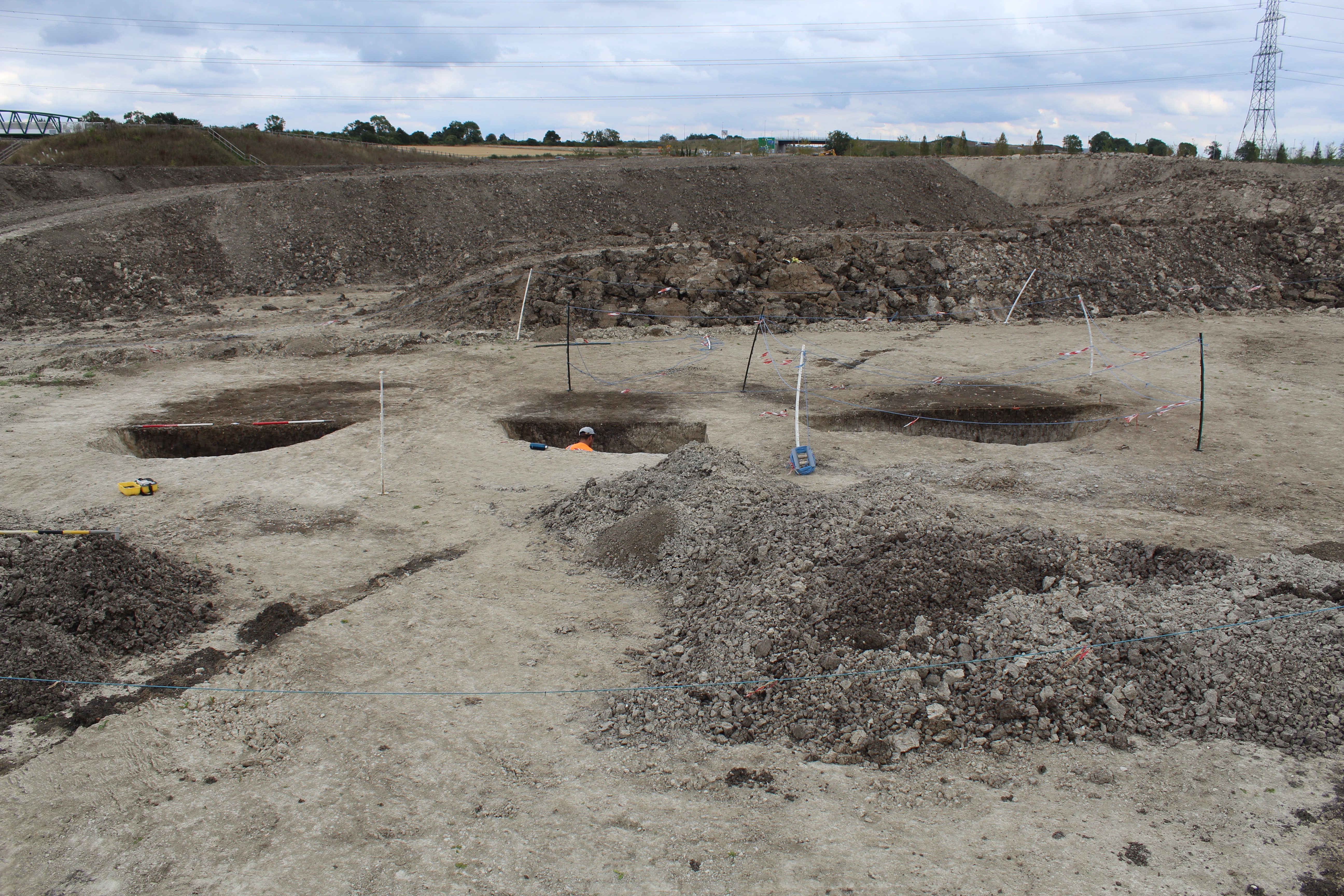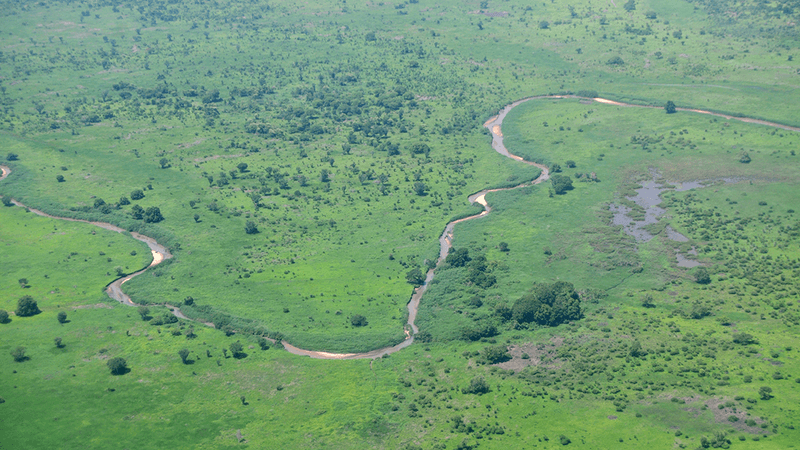Archaeologists have discovered 25 large pits dotted around the English countryside in what has become a nationally important prehistoric find.
The pits were discovered in Linmere, Bedfordshire, during two digs that took place in 2019 and 2021, respectively. According to radiocarbon dating, these odd features were created between 8,500 and 7,700 years ago – squarely in the late Mesolithic period (between 9,000 and 6,000 years ago).
This was a relatively “dark” period in British history as there are few surviving clues related to everyday life at the time. Evidence is limited to flint tools and occasional butchered animal remains. This has made it difficult for researchers to establish a comprehensive and textured account of life in Mesolithic Britain.
The “Linmere pits” as they are being called, are all rounded with very steep sides. They tend to be up to 5 meters (16 feet) wide and about 1.85 meters (6 feet) deep, though some of them have flared bottoms, meaning they are wider at the base. Creating them would have taken a lot of effort. Interestingly, the pits appear to be laid out in multiple straight lines that stretch up to 500 meters (1,640 feet) in length.
Other Mesolithic pits have been found in different alignments in Britain, but these pits are unusual as they seem to cluster around former stream channels.
“The Linmere Mesolithic pits are a very exciting discovery”, Professor Joshua Pollard, an expert from Southampton University, said in a statement. “While we know of other large and enigmatic pits dug by hunter-gatherers from elsewhere in Britain, including at Stonehenge [which has near-contemporaneous pits of its own], the Linmere pits are striking because of their number and the wide area they cover.”

Some of the pits contained animal bones, which are important sources of information about contemporary life. The bones belonged to several species, including martens, deer, boar, and aurochs, a wild species of cattle. The aurochs’ bones not only showed evidence that people ate them, but they were also the main source of the radiocarbon dating analysis that revealed the pits’ age.
According to Yvonne Wolframm-Murray, Project Officer at the Museum of London Archaeology (MOLA) (which made the finding along with Albion Archaeology), “It’s been amazing for the whole team to work on such a significant Mesolithic site. It really shows how important radiocarbon dating is alongside field work, as without it we wouldn’t have realised the significance of our discovery.”
Why these pits were created is still unknown, but the researchers propose several possible reasons, though some are more credible than others.
One theory is that they may have been used to store food, but this seems less likely. The people of Mesolithic Britain were nomadic hunter-gatherers, so creating these pits – which was not an easy task – does not fit well with what we know. Alternatively, the pits alignment, the time it would have taken to dig them, and their location by water may point to some sort of spiritual use. It is possible that the holes mark some important place in the landscape.
Ongoing work will examine whether the pits are aligned with any celestial events, such as the solstice. Moreover, the archaeologists are still examining the animal bones and the environmental samples from the site to learn more about the landscape at the time. They have already discovered evidence of oak, hazel, and pine in the area and have turned their attention to tiny pieces of pollen that have been excavated.




